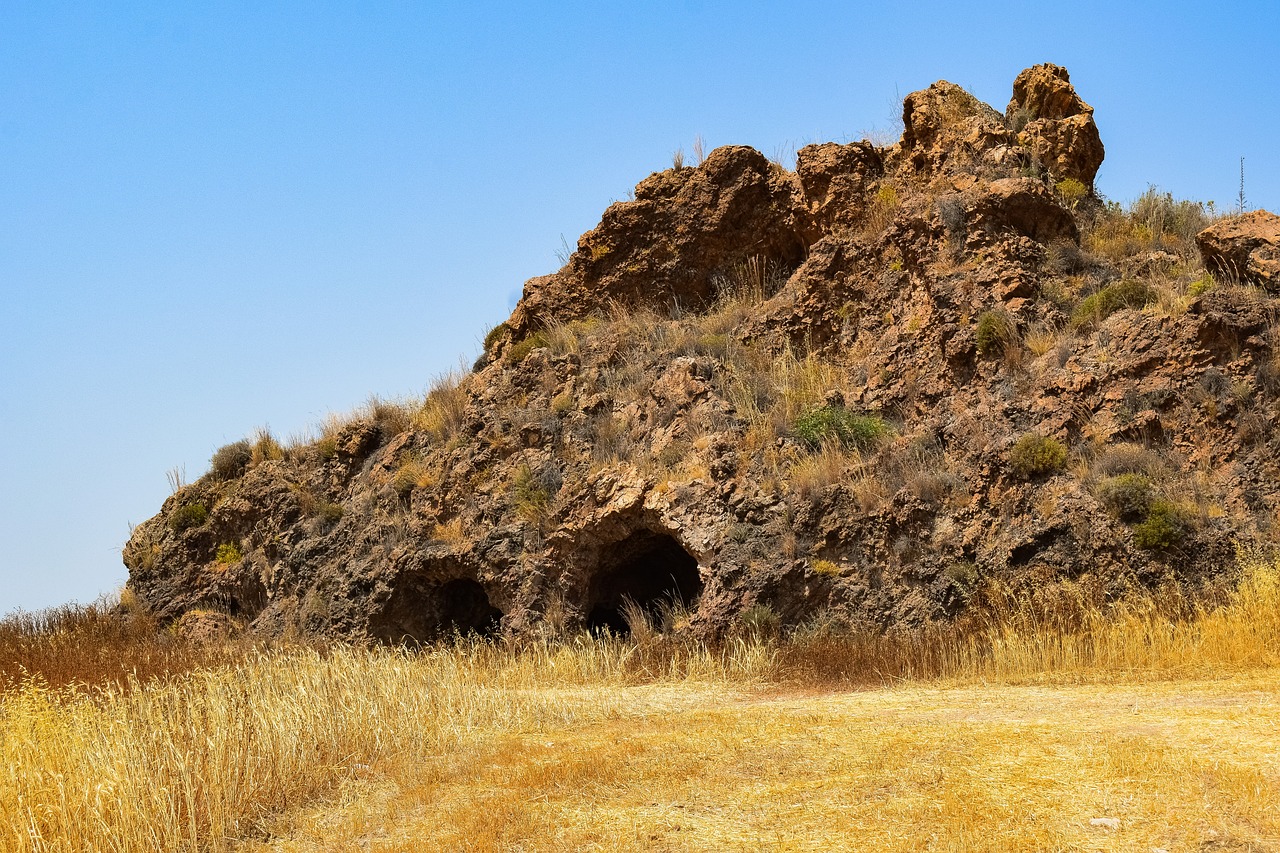Hephaestus: The Olympian God of Fire and Craftsmanship
Hephaestus, known in Latin as Hephaestus, is the revered Olympian deity associated with fire, metalworking, stonemasonry, and sculpture. Often portrayed as a bearded figure wielding a hammer and tongs, his imagery occasionally includes him riding a donkey, reinforcing his humble connections to labor and craftsmanship.
Noteworthy Myths
Hephaestus features prominently in numerous myths that underline his complex character and relationships:
- Abandonment at Birth: Cast from Olympus by Hera right after birth.
- Rescue of Hera: Captured her in a cursed throne, facilitating his return to Olympus.
- Adultery and Revenge: Caught his wife Aphrodite cheating with Ares in a golden net.
- Creation of Pandora: Crafted the first woman, Pandora, as instructed by Zeus.
- Intriguing Affairs: His attempted assault on Athena led to the conception of Erikhthonios.
- Cursed Necklace: Created Harmonia’s necklace, which brought doom to her lineage.
- Trojan War Participation: Engaged in battle against the river god Scamander using fire.
- Armor of Achilles: Fashioned Achilles’ renowned armor upon request from Thetis.
These narratives illustrate Hephaestus’s enduring significance within Greek mythology and his multifaceted nature as a god.
Family and Parentage
Hephaestus has various accounts regarding his lineage:
- Parentage: Traditionally described as the son of Zeus and Hera, alternative legends suggest that Hera birthed him alone, spurred by jealousy.
- Origins: Some interpretations imply he sprang forth from Hera’s thigh, while other tales narrate his abandonment by Hera due to his frail form.
- Crafts: Displaying remarkable talent from a young age, he crafted diverse ornaments during his early years spent with marine deities, Thetis and Eurynome.
Despite experiencing maternal rejection, Hephaestus maintained a complex relationship with Hera, often displayed in acts of kindness towards her.
Divine Attributes and Workshop
Hephaestus was not only associated with fire but also represented various aspects of craftsmanship and inventiveness. His workshop, often depicted in ancient texts, contained essential tools such as an anvil and numerous bellows, showcasing his capacity for creating intricate and powerful items. Poets often allude to his godly essence, portraying fire as a manifestation of his divine presence.
His residence in Olympus was resplendent, emphasizing Hephaestus’s status in the pantheon. Over time, mythological accounts have depicted him as crafting marvelous artistic creations, initially alongside Cyclopes who functioned as his assistants.
Appearance and Depictions
Hephaestus’s physical representations range from the traditional to the more artistic renderings:
- Homeric Descriptions: He is commonly portrayed as limping, with a robust upper body.
- Artistic Representations: Classical art often shows him as stout and bearded, typically identified by tools of his trade, such as a hammer, and a chiton revealing his right shoulder.
This image aligns with the dual nature of his character — both the powerful craftsman and the undervalued figure within the divine hierarchy.
Cultural Influence
As a god, Hephaestus embodies the artistic spirit akin to that of Athena, imparting skills and knowledge to human artisans. Although inferior to Athena in character and stature, his contributions were significantly celebrated, especially in places like Athens, where temples and significant festivals honored both deities.
Particularly noteworthy is his favored earthly dwelling on the island of Lemnos, alongside the other volcanic islands like Sicily and Imbros. His association with these locations symbolizes his dominion over volcanic forces and metalwork.
Conclusion
Hephaestus stands as a multifaceted symbol within Greek mythology, representing creation, craftsmanship, and the transformative power of fire. His narratives not only celebrate artisanship but also explore themes of rejection, revenge, and reconciliation, making him one of the more relatable deities in the mythological canon.



